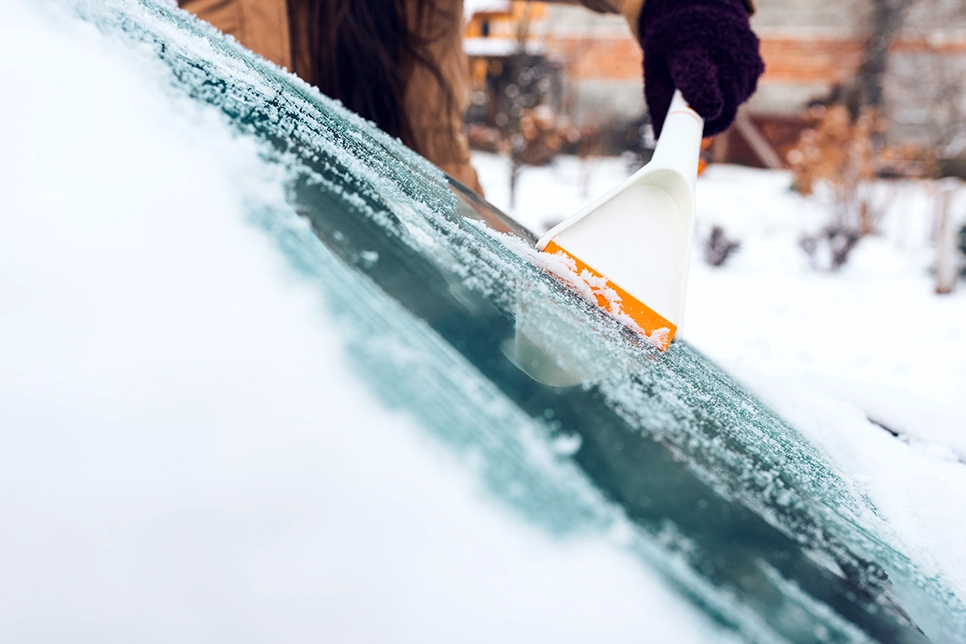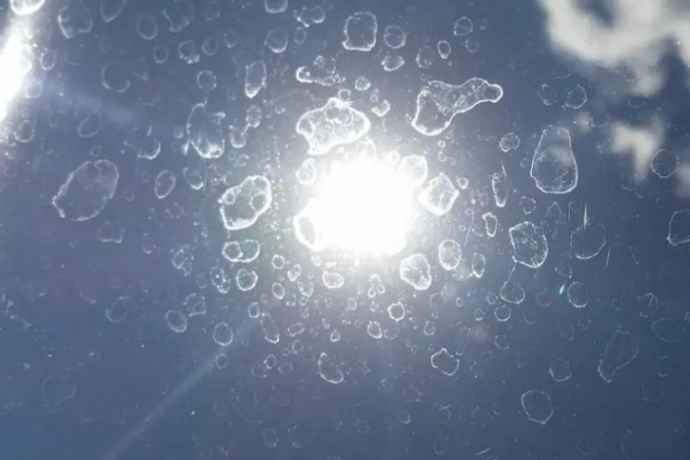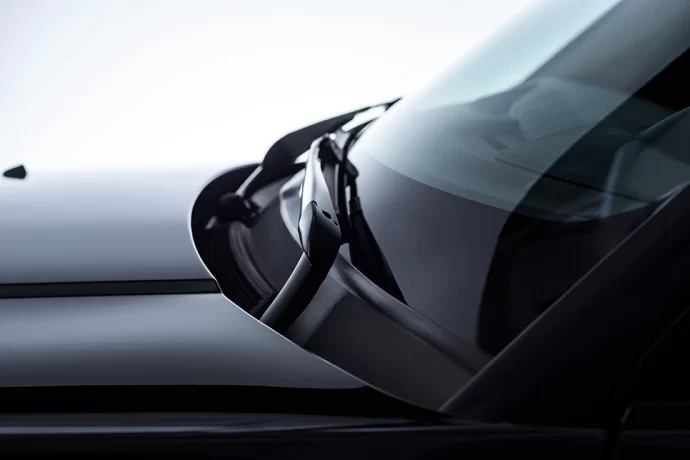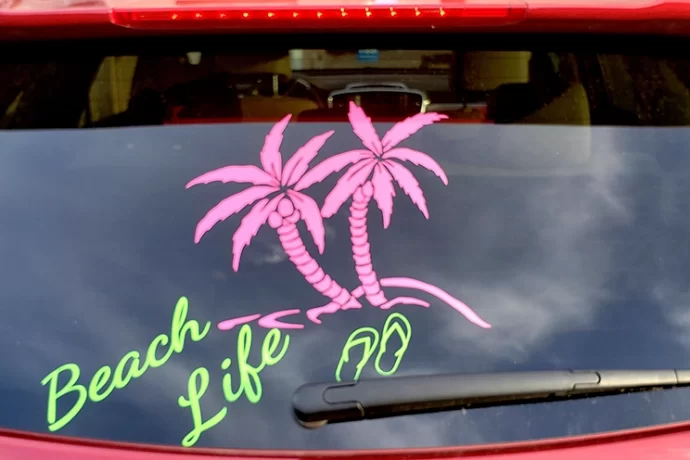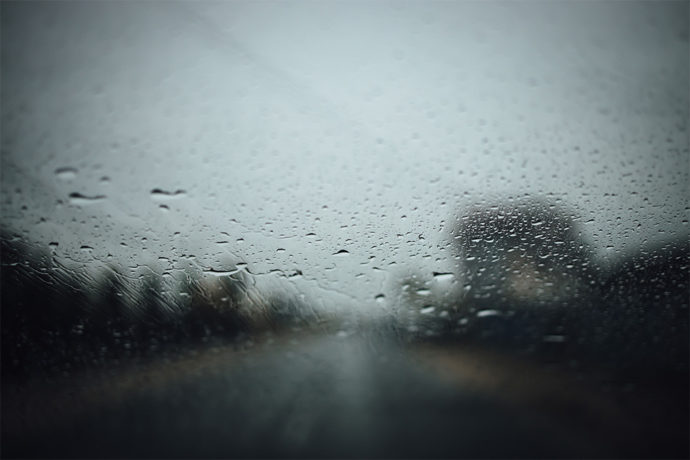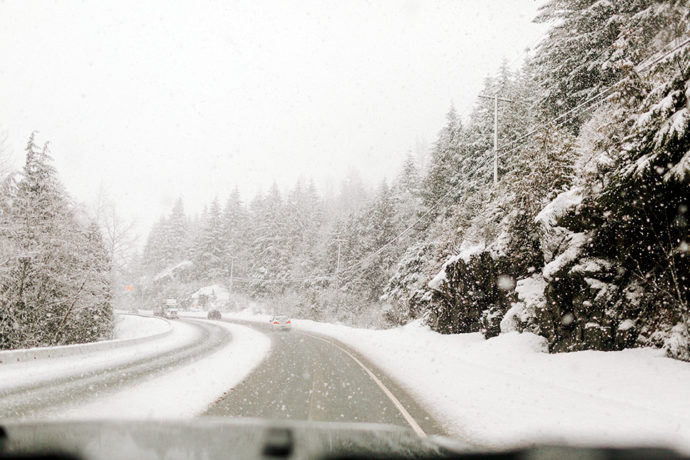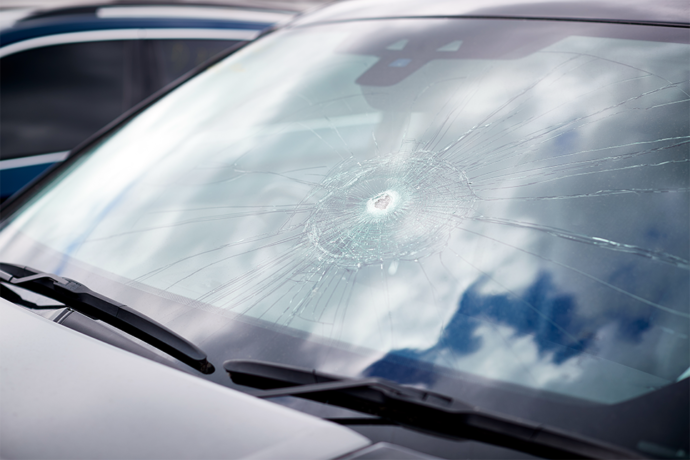There’s nothing worse than rushing to your car on a cold winter morning only to find your windshield covered in a thick layer of ice. For Denver residents and visitors, this is an all-too-common scenario during the winter months. Learning how to de-ice a windshield properly isn’t just about convenience – it’s about safety, protecting your valuable vehicle investment, and ensuring you can effectively remove ice.
Whether you’re dealing with a light frost or stubborn ice buildup, this comprehensive guide will walk you through everything you need to know about safely and effectively de-icing your windshield. We’ll cover prevention techniques, safe removal methods, and common mistakes to avoid, ensuring you can get on the road safely when winter weather strikes.
Preparation and Prevention
As the old saying goes, “an ounce of prevention is worth a pound of cure.” This couldn’t be more true when it comes to dealing with icy windshields. Taking preventive measures can save you valuable time and protect your windshield glass from potential damage.
Cover Your Windshield
One of the simplest ways to prevent ice buildup is to cover your car’s windshield before ice or snow has a chance to accumulate. You have several options:
- Use a magnetic windshield cover specifically designed for winter weather
- Cover your windshield with a large plastic bag secured under your wipers
- Place a tarp or old bed sheet over your windshield
These covers create a barrier between your windshield and the elements, making morning ice removal much easier – or unnecessary altogether.
Pre-treat Your Windshield to Prevent Ice
Prevention doesn’t stop with covers. You can take additional steps to make ice less likely to form or easier to remove:
- Switch to a winter-formulated windshield wiper fluid that contains de-icing agents
- Apply a few drops of dish soap to your wiper blades to help prevent ice from sticking
- Consider applying a commercial ice prevention product to your windshield
Smart Parking Strategies
Where you park can make a significant difference in ice formation. Whenever possible:
- Park in a garage or covered parking structure
- Choose sheltered parking spots near buildings or natural windbreaks
- If parking outside, position your car facing east – the morning sun can help melt frost naturally
- Avoid parking under trees where water can drip and freeze on your windshield
Safe De-icing Techniques
When prevention isn’t enough and you find yourself facing an icy windshield, it’s important to use safe and effective de-icing methods.
One common mistake is to pour hot water on a frozen windshield, which can cause the glass to crack or shatter due to sudden temperature changes.
The wrong approach, such as improperly scraping ice, can damage your windshield or even create dangerous visibility issues.
Using windshield wipers in conjunction with de-icing solutions can help ensure clear visibility.
The Soap Solution Method
One of the most effective and gentle ways to de-ice a windshield is using a soap solution:
- Mix one tablespoon of dish soap with one quart water in a spray bottle
- Spray the solution generously over the icy areas
- Wait 30-60 seconds for the solution to work
- Use a plastic ice scraper to remove the loosened ice
The soap helps break down the bond between ice and glass while lowering the freezing point of water.
Proper Scraping Ice Technique
When using an ice scraper, technique matters:
- Start from the top of the windshield and work your way down
- Hold the scraper at a 45-degree angle
- Use steady, even pressure – don’t try to chip away at thick ice
- Clear small sections completely before moving on
Remember to clear your entire windshield, not just a small “peephole” for visibility.
DIY De-icer Methods
When commercial de-icers aren’t available, several household items can help you melt ice effectively.
Vinegar Solution to Melt Ice
The vinegar solution is a popular homemade de-icer:
- Mix equal parts water and white vinegar in a spray bottle
- Add a few drops of dish soap for better adhesion
- Apply liberally to icy areas
- Let sit for 1-2 minutes before scraping
Alcohol-based De-icer
Rubbing alcohol’s low freezing point makes it an excellent de-icing agent:
- Combine 2/3 cup rubbing alcohol with 1/3 cup water
- Add a few drops of dish soap
- Spray on the icy windshield
- Wait briefly before removing ice
Common Mistakes to Avoid
Knowing what not to do is just as important as knowing the right techniques. These common mistakes can cause serious damage to your windshield:
Temperature-related Mistakes
Never use hot or warm water on a frozen windshield. The sudden temperature change can cause thermal shock, leading to cracks or complete windshield failure. This includes:
- Pouring hot water directly on the ice
- Using warm water in your washer fluid reservoir
- Applying heat directly to the glass
Tool-related Mistakes
Using the wrong tools can damage your windshield:
- Avoid metal scrapers that can cause micro pitting
- Don’t use sharp objects to chip away at ice
- Skip makeshift tools like credit cards or spatulas
Chemical Mistakes Leading to Ice Buildup
Some substances can damage your vehicle:
- Never use salt or saltwater solutions on your windshield
- Avoid any abrasive materials mixed with de-icing solutions
- Don’t experiment with unknown chemical combinations
Additional Tips and Tricks
Remote Start Benefits
If your vehicle has a remote starter, you can use it to de-ice your vehicle:
- Start your car 5-10 minutes before heading out
- Set the temperature control to full heat
- Turn on both front and rear defrosters
- Position air vents toward the windshield
Winter Maintenance
Proper winter maintenance can prevent many ice-related issues:
- Install heavy-duty winter wiper blades
- Keep your washer fluid reservoir full with winter-grade fluid
- Regularly check your car’s heating and defrosting systems
- Consider applying a water-repellent treatment to your windshield
Professional Solutions
Sometimes, despite our best efforts, windshields can become damaged during the de-icing process. If you notice any of these signs, you should address them as soon as possible:
- Small chips or cracks
- Scratches from ice removal efforts
- Damaged wiper blades
- Persistent fogging or visibility issues
When to Call the Professionals
If you’re in the greater Denver area and notice any damage to your windshield or auto glass while dealing with winter weather, don’t wait for the problem to worsen. Small chips can quickly spread into larger cracks, especially during temperature fluctuations common in Colorado winters.
At Precision Auto Glass, we understand the unique challenges that Denver’s winter weather poses to your vehicle. Our team of certified technicians specializes in windshield replacement and repair, using only the highest quality materials and modern techniques to ensure your safety on the road.
Remember, proper de-icing technique is important, but sometimes damage is unavoidable. Don’t let a damaged windshield compromise your safety this winter. When you need help, we’re here to serve the greater Denver community with professional auto glass services. Call us today to schedule your appointment for mobile windshield replacement or repair.

